Over the course of the festival Sundance’s New Frontier Space explored 15 different gaming and virtual reality (VR) experiences that proved to be consistent crowd-pleasers.
From a walk through Syria’s war-torn streets to a strapped-in flying adventure around San Francisco’s urban landscape [Birdly, pictured at left], attendees happily waited for hours to get those few minutes of full digital immersion.
New Frontier curator Shari Frillot credits the section’s 13 ‘creative technologists’ to “radically challenging the notion of storytelling.”
What is involved
Simulated by boxed headsets that slide over the head like giant goggles, movements are monitored via custom tracking devices located within the head mounted displays (HMD), providing the user with three-dimensional experiences.
Technology specialists Oculus are dominating the VR market, thanks in part to their new Oculus Rift HMD that Facebook scooped up for $2bn.
Used in several of the New Frontier installations, The Rift offers a 360degree virtual world made possible by simple movements of the viewer’s head.
The making of Wild
Speaking at the Virtual Reality: The Big Picture panel held on January 25, Fox Searchlight’s David Greenbaum presented the VR project for the Oscar-nominated film Wild starring Reese Witherspoon and Laura Dern.
The svp of production, who collaborated with Fox’s Innovation Lab and content creators Félix and Paul, said: “It’s a natural return to people playing. And the performers are fascinated by it too.”
Greenbaum was referring to Witherspoon and Dern, who helped Fox test their first stand-alone three-minute VR piece set on the Pacific Coast Trail.
“This is the most amazing adventure,” said Dern in a behind-the-scenes promo. “Filming in 360 makes for a limited crew and no-one can stay where they are. Everything feels very natural.”
Paul Raphaël of visual production team Félix and Paul helped better explain why the filming steps are so dissimilar to typical production shoots.
“In traditional film-making, you want to condense the essence of the story. But here, you want to focus more on the moments between the storytelling.
“Every cut is dependent on the viewer so you have to slow down,” said Raphaël. “If you go too far into making the characters witty or fast – the viewer will feel that.”
Describing Wild’s filming process as similar to that of a theatre play, Félix Lajeunesse added: “Because we were shooting outside and we wanted the light to naturally change we shot in one take. So there couldn’t be many people – it was a just few of us running around [with custom stereoscopic 360 cameras] and the two actresses.”
Lajeunesse also discussed the consideration of the viewer’s presence. “You have to remember the viewer has an undeniable presence – and that 360degree viewing never cuts.
“In Wild, we felt it was important to give the viewer the chance to connect to their new surroundings by showing 30 seconds of nothing but the forest.”
Jason Rubins, Oculus’ head of worldwide studios, readily admitted the new form of immersive media is still raw in its form.
“Right now we have to work within very strict rules. There are a lot of things we can’t do yet [citing higher frame rates as one example] – but technology is advancing significantly.”
Rubins expressed keen interest in working again with Greenbaum (whose next VR project for Ridley Scott’s The Martian is underway) and other like-minded production teams in Hollywood.
Wild was viewed on Samsung Gear’s headset that was powered by Oculus.
Going bigger with VR
Some VR presentations went even bigger.
Nonny de la Peña, initially commissioned by the World Economic Forum, demonstrated what it’s like to walk the streets in the Aleppo district of Syria when a bomb goes off [Project Syria, pictured at right].
Set up in a small 12x15 room, Peña gave users the opportunity to walk in and among the war-torn scenes by placing tracking cameras on the walls whose signals connected to a head-mounted device both she and her brother crafted.
“Every part of this installation was hand-made and carefully constructed,” said the former journalist.
Using actual footage from Syria, participants could be seen jumping, running and hiding.
“Whether it be the UN, schools or the general public, there is a lot we can do to give people an idea of what is happening around the world,” said Peña.
Beyond the New Frontier
Special effects masters Framestore hosted their own 4D interactive experience further down the road in the outdoor clothing store Merrell.
Known for their Oscar-winning work on Gravity last year, the company’s foray into VR is equally audacious.
Coined #TrailExperience, the installation was set 40ft above ground in Italy’s Dolomite Mountains. With the help of a rickety wooden bridge, users were guided to the edge of a cliff where vast landscapes were unearthed.
Mike Woods, founder of Framestore’s digital department, said: “We’re completely obsessed with the idea that you can walk around and explore a virtual space that looks so real that you think you’re actually there.”
Oculus Rift DK2 headsets plus 20 tracking cameras were implemented offering a sense of height and a sense of challenge.
The 4D elements included rumbling floors for the rock fall avalanche and wind machines mimicking a breeze.
“You need every sense to be stimulated,” said Woods. “A mountain trek is not a mountain trek without sound, wind, smell and a true feeling of the environment.”
Fraemstore’s dedicated VR Studio has also completed virtual works on the Avengers franchise, Game Of Thrones and Interstellar.



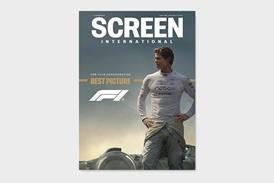
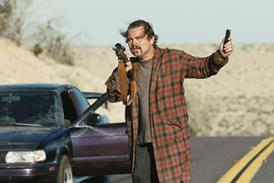
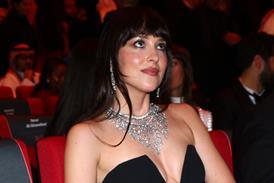



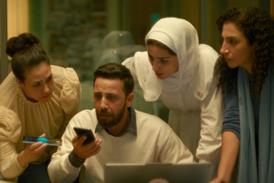



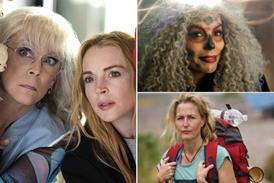
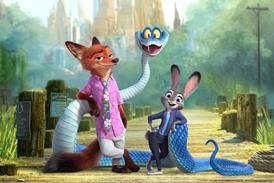
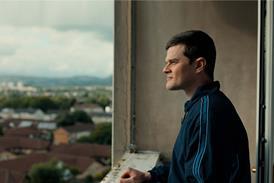

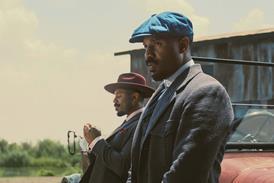




No comments yet